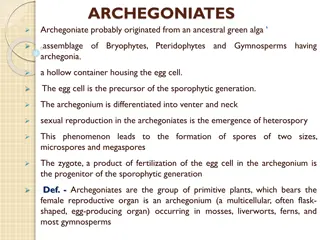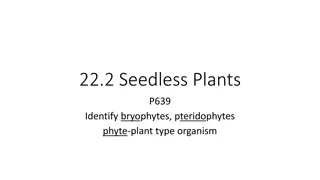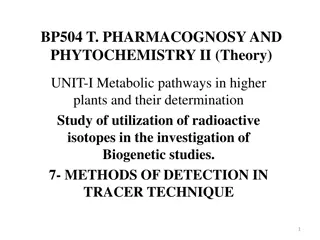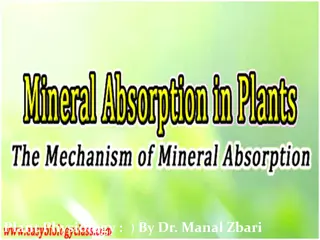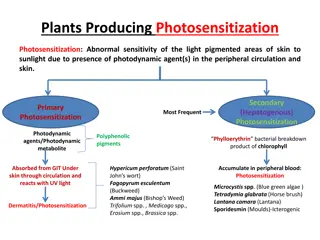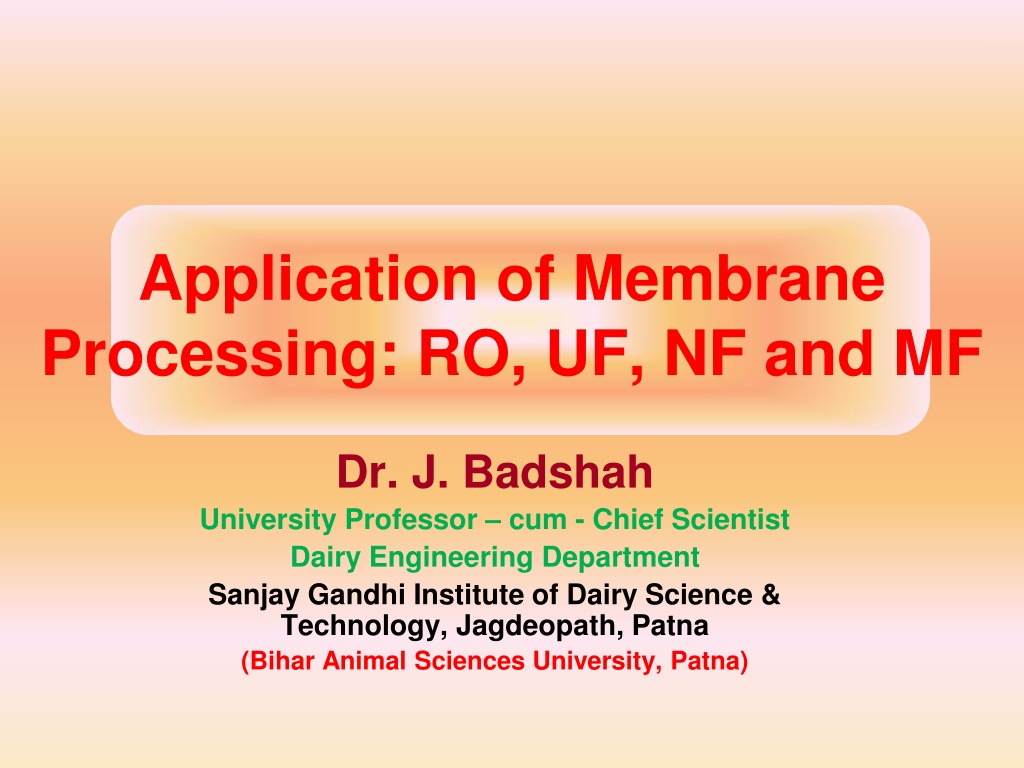
Membrane Processing in Dairy Engineering: RO, UF, NF, and MF
Explore the applications of membrane processing techniques like Reverse Osmosis (RO), Ultrafiltration (UF), Nanofiltration (NF), and Microfiltration (MF) in dairy engineering. Learn about the benefits of membrane separation processes for concentrating milk components, controlling pollution from whey, and various industrial uses in food and pharmaceutical industries. Dive into the characteristics and mechanisms of UF membranes for efficient separation and concentration of substances.
Download Presentation

Please find below an Image/Link to download the presentation.
The content on the website is provided AS IS for your information and personal use only. It may not be sold, licensed, or shared on other websites without obtaining consent from the author. If you encounter any issues during the download, it is possible that the publisher has removed the file from their server.
You are allowed to download the files provided on this website for personal or commercial use, subject to the condition that they are used lawfully. All files are the property of their respective owners.
The content on the website is provided AS IS for your information and personal use only. It may not be sold, licensed, or shared on other websites without obtaining consent from the author.
E N D
Presentation Transcript
Application of Membrane Processing: RO, UF, NF and MF Dr. J. Badshah University Professor cum - Chief Scientist Dairy Engineering Department Sanjay Gandhi Institute of Dairy Science & Technology, Jagdeopath, Patna (Bihar Animal Sciences University, Patna)
Application of Membrane Processing Changing pattern of milk consumption is stressing on individual use of its components. Whey which has high BOD value is being efficiently concentrated form protein . Then, the lactose in the permeate solution can also be handled by RO. It saved energy in transportation, due to concentration. Cheaper method of drying. Pumping is involved, as against evaporation of moisture. Possibility of incorporating whey proteins into cheese. Pollution due to whey is controlled, as whey contains lactose. Milk also can be concentrated without damage to protein or changing flavour unlike in concentration and drying. Other industrial uses, like water purification, fractionation & concentration in Food and Pharmaceuticals, recovery of various components of waste for further use.
Membrane Processes in relation to molecular weight and sizes
Ultrafiltration (UF) A pressure driven membrane process (approx. 1 -10 bar) Separation and concentration of substances having a molecular weight between 103 106Dalton. High molecular weight component, such as protein, and suspended solids are rejected as retentate While all low molecular weight components such as lactose, salts and water pass through the membrane freely as permeate. No rejection of mono and disaccharides, salts, amino acids, organics & inorganic acids or sodium hydroxide.
Characteristics of UF Membranes Characteristics Membrane : Asymmetrical Thickness : 150 250 m Thin film : 1 m Pore size : 0.2 0.02 m Rejection : Retentate of Macro molecules, proteins, polysaccharides Filteration : Permeate of Small mol. Weight solutes (Lactose, salts, water) Membrane materials : Ceramic, PSO, PVDC, CA, thin film Membrane module :Tubular, hollow fibre, spiral wound, plate-and- frame Operating pressure :1-10 bar Mechanism of membrane retention : Molecular screening Typical flux :30 300 lit/m2h
Microfiltration Process A pressure-driven employing pressures considerably lower than others especially Reverse Osmosis. UF is considered to involve the processing of dissolved macromolecules, while MF involves separation of dispersed particles such as colloids, fat globules or cells. MF can be considered to fall between UF and conventional filtration, although there is overlap at both ends of the spectrum
Terms in relation to Membrane separation Retention Factor: It specifies the ability of a membrane to retain that molecule. R= (Cf Cp /Cf), where, Cf= Conc. of that molecule in feed and Cp= Conc. Of that molecule in permeate In Batch process where the concentrations are continually changing, R varies and then the realistic value can be, Ln (C/Co) = R ln (Vo/V) where, Co = Initial concentration at Vo C = Conc. at any other volume V Separation Factor (s) a measure of performance of the membrane in separating solvent and solute. S = C f / C p and R = 1 (1/S) S is a concept more appropriate to water purification than milk concentration.
Concentration Polarization Increase in concentration of solids in the direction towards the membrane due to the extraction of permeate through the membrane. The rediffusion of concentrated solids back into the feed is governed by Fick s law. This law describes molecular diffusion . JAB = - DAB(dcA/ dz) Where JABMolar flux of component A in the direction of Z of mixture of AB (kg mol of A/m2s) DABMolecular diffusivity of component A in component B (m2/ s) cAConcentration of component A (kg mol / m3) z distance (m) Flux: Rate of extraction of permeate, measured in litres/sq. h The flux or the flow rate in the membrane under laminar flow is governed by Hagen Poiseuille equation. This equation relates the pressure drop, path geometry and viscosity of fluid flowing through membrane under laminar condition. Where average velocity , pressure drop , D is diameter of pores viscosity, L length of the pipe is
Reverse Osmosis RO membranes separate or retain solutes with a molecular weight greater than 150 Dalton (D). It is basically dewatering process which operates at pressures at least five to ten times higher than those employed for UF. Hence fats, proteins, lactose and all undissociated minerals are retained and concentrated by the membranes and only water and some ionised minerals are allowed to pass with permeate. If pressure greater than osmotic pressure of the solution is not applied, the osmosis will remain continue to equilibrate the concentration by diffusion of water molecules toward solution. If the molecular weights of molecules to be separated/retained are less than 2000 to 3000 D, the osmotic pressure of the solution becomes significant, the operating pressure in RO is rather high for example from 20-100 bars to overcome the osmotic pressure. On application of pressure in solution, it would reverse the flow and the RO process would starts with flow of water from solution to dilute solution/water. As a result the concentration of solution is increased.
Applications of Membrane Technology in Dairy RO for Bulk Transportation of Raw Milk: Various operating parameters have been standardized for the optimization of the process of dewatering of milk through RO. It would reduce bulk and transportation cost Fractionation of Milk Proteins into various constituents having unique functional characteristics. Most of the milk proteins are separable depending upon selective screening from UF membrane process from skim milk. From largest size to least size the milk proteins are as follows: a. Lipoproteins in milk fat globule membrane Casein micelles Immunoglobulins Lactoferrin serum albumin -lactoglobulin -lactalbumin casein derived peptides. Demineralisation and Delactosation of Dairy Products particularly whey. NF allows selective rejection of low molecular weight species and particularly the monovalent ions during the course of concentration. The degree of demineralisation for rennet whey, cheese whey and acid casein whey provides more interesting challenges.
Applications of Membrane Technology in Dairy Recycling processes. It will effectively removes impurities and help to recycle the water instead of wasting it. Preparation of Biological Peptides: Membrane UF is used as the most appropriate tool for separating low molecular weight peptides and also free amino acids from protein substrate utilizing enzymes. i. These biological peptides have been implicated in physiological roles such as bio-transfer modulation, antihypertension, antithrombosis, regulation of gastroitestinal tract and the general behaviour. water of condensate from evaporator by UF/RO of trace elements, immuno- Production of Pasteurised milk with extended Shelf life: With the use of Micro-filtration process, the bacterial counts in skim milk is reduced by more than 99%. The permeate of MF is without bacteria and it would be standardised with cream permits production of superior quality of pasteurised milk with extended shelf life.
Applications of Membrane Technology in Dairy Preparation of Rasogolla Mix Powder: Cow milk is ultafiltered to about 3- fold concentration to achieve a product containing all the milk proteins and part of minerals and lactose. To adjust similar to chhana, the UF retentate has to be diafiltered. The pasteurized cream is added to diafiltered retentate followed by spray drying adopting standard conditions. Cheese Making: The use of UF is in the manufacture of soft Cheese. It increases the yield of cheese up to 10-30% due to entrapment of whey proteins and possibly additional bound wayer associated with the whey prteins. It reduces the energy requirement during heating and cooking steps. Manufacture of low lactose Powder: Lactose intolerance is a global problem. UF can be employed to manufacture low lactose powder. Additional diafiltration treatment is employed to further reduce lactose. Manufacture of Milk Concentrates and Nondairy whitener based on UF & diafiltration with protein purity of 50-85% of skim milk and drying of concentrates.






